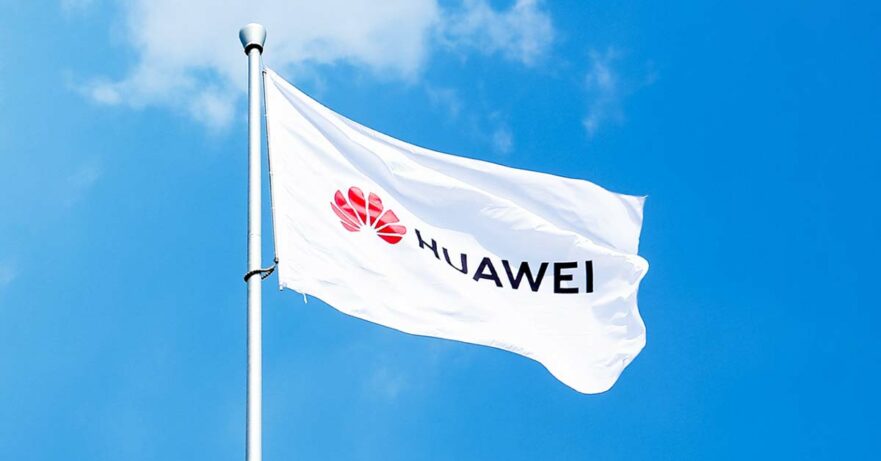With digitalization and transition to green energy in full swing in the Philippines, Huawei is eyeing to become the top vendor of power and cooling solutions for the country’s booming data center sector by 2027.
“The data center industry will drive Philippine economic growth in the next 20 years,” Steve Kim, president of Huawei’s Data Center Facility and Critical Power Business in Asia-Pacific, said at the Philippines Cloud and & Data Center Convention 2024 held.
Kim is bullish about Huawei’s prospects in the Philippines, where it is currently among the top four in data-center facilities products and systems. “We plan to be No. 1 in three years’ time,” he said.
It also helps that the Philippines boasts of having many data center experts, according to Kim.
“Data centers are the foundation for the digital economy. Huawei will play a big role in this AI era,” Kim said.
Even as evolving artificial intelligence or AI will mainly drive the growth of data centers globally, Kim highlighted new trends and big challenges that need to be addressed to keep data centers growing while keeping them safe and secure.
In particular, Kim said urgency with demands, higher power density, harder electricity acquisition, and more critical for reliability are shaping the emerging intelligent computing era.
Acknowledging these developments as a leading global provider of ICT infrastructure and smart devices, Huawei is reinforcing its state-of-the-art PowerPOD data-center energy lineup to serve increasing domestic demand for data centers, which Kim projected to grow by 100 times — from the current capacity of 200 MW — in the coming years.
Huawei’s end-to-end data-center energy solutions include prefabricated modular DC, smart modular DC, smart power supply, smart cooling, as well as smart DC management system — all of which have No. 1 market shares not only in China but also globally.
“I’m sure the PowerPOD will also be popular in the Philippines,” Kim said. “It is the optimal choice for data-center power supply.”
These products are aimed at speeding up construction of efficient and high-quality intelligent computing data centers using Huawei’s best practices, amid rapid delivery demands which traditional construction fails to meet.
State-of-the-art technologies have also allowed Huawei to adhere to global sustainability and environmental adaptability standards for its power-electronics products, which have built-in protection systems to prevent accidents like fire.
As the Philippines moves closer to tapping more green energy sources, including solar, Huawei is well-positioned to connect its data center power supply products to the greener grid.
“In the next 20 years, the Philippines will have more clean energy. A lot of the data centers here will be powered by clean energy,” Kim noted.
This also supports the aim of the Philippine government to decarbonize or reduce carbon emissions by utilizing more renewable energy sources, Kim added.
“Fast deployment, flexible cooling, green energy, and ultimate reliability of our data-center facilities — these form the core of Huawei’s winning strategy in the intelligent-computing era,” Kim said.
Share this Post



